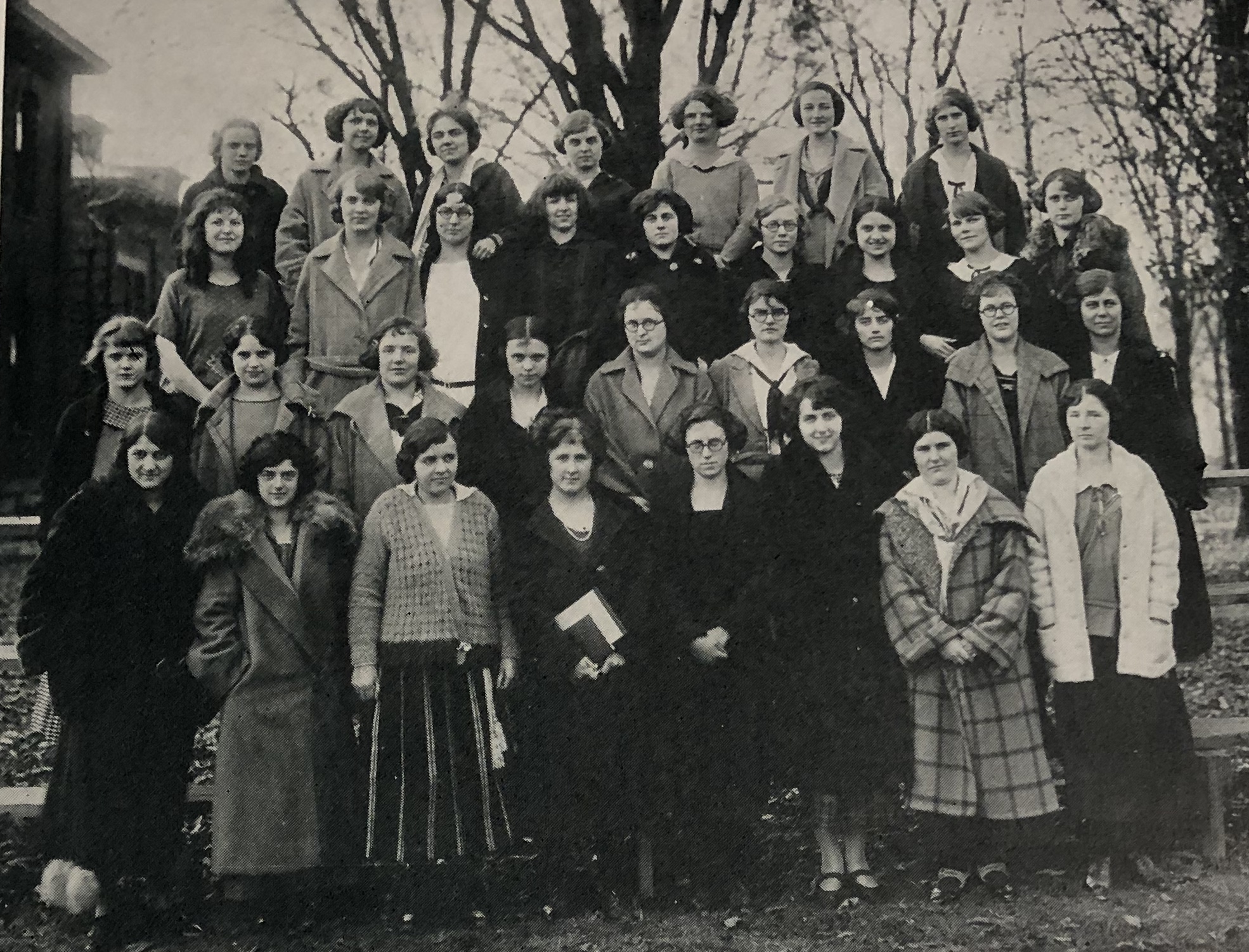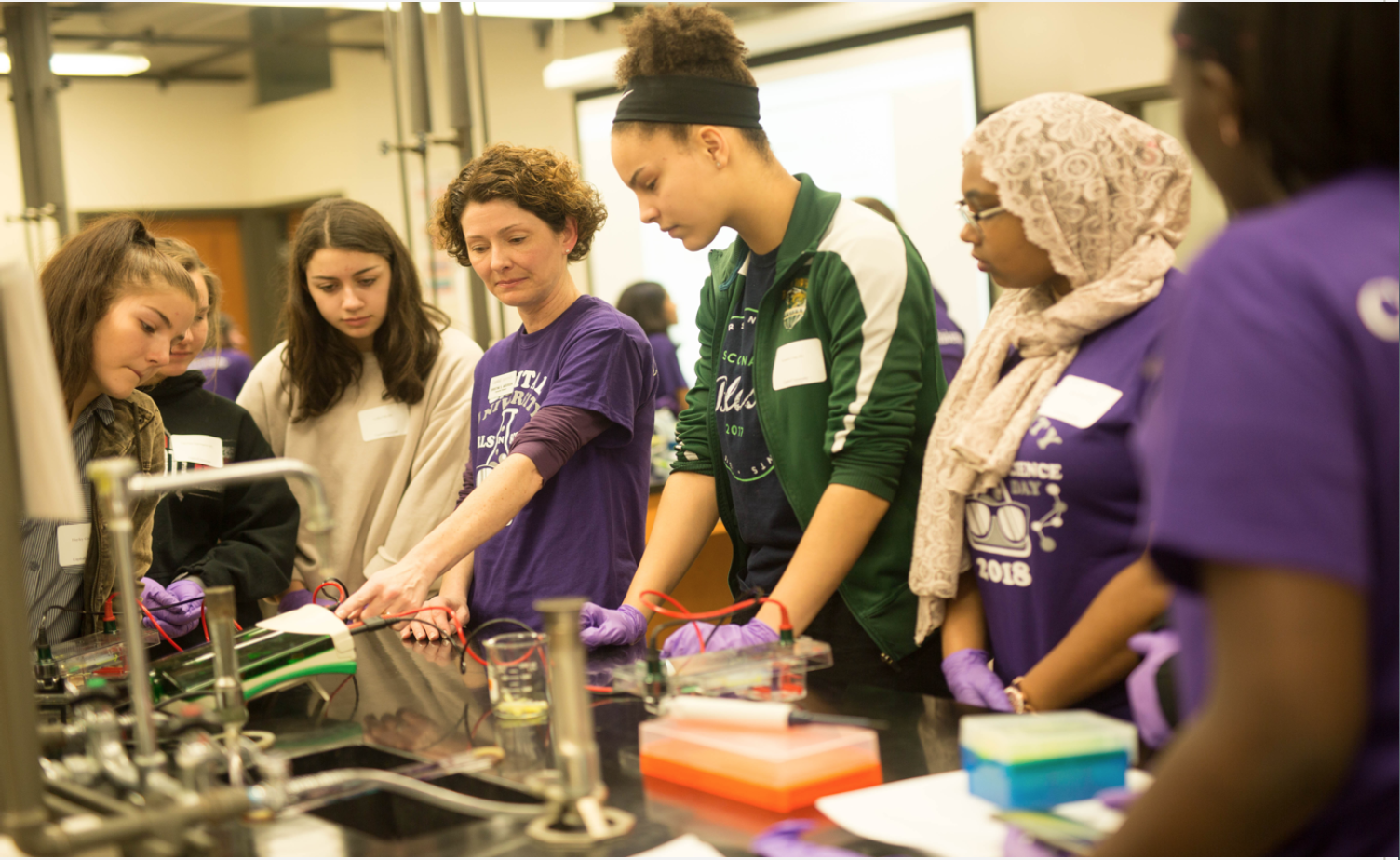One hundred years ago, the first women became students at the university.
In 1919, the first women In the 1924 of the Capitalian, the university yearbook, there is a page dedicated to an organization called C.A.P., which stands for Capitalis Academiae Puellae, which translates to “Girls of Capital University” in English.
C.A.P. began when women realized that the saying “in union there is strength” should be upheld, and an organization was formed.

The yearbook read: “All power to the ‘C.A.P.’”
Today, the university has produced plenty of successful women, including Angela Pace, director of community affairs at 10TV, and law school graduates and politicians Deborah Pryce and Jennifer Brunner.
But aside from graduates and students, women in leadership positions are abundant around here.
The university’s president Beth Paul is the first female president in Capital history.
“As a leader who is a woman, one of the important things I do is lift other women who are making important contributions as leaders in fields in which women are underrepresented,” Paul said. “It is significant that Capital University has women serving in key leadership positions.”
But President Paul isn’t the only women in charge–Kit Kleinhans is the dean at Trinity Lutheran Seminary and is the first woman to lead it.
“One of the things that attracted me to Capital is the presence of so many women in key leadership positions,” she said, continuing to say that half of Capital’s vice presidents are women.
Kleinhans said that out of the seven seminaries of the Evangelical Lutheran Church in America, four of them are run by women.
“That doesn’t mean it’s easy, but it’s easier when you’re not ‘the first’ or ‘the only,’” she said.
Professor of Science Education Dr. Carmen Dixon is another prominent woman leader on campus.
Dixon feels strongly about getting women more involved in the STEM field and has spent plenty of time working on it.
“As a female science teacher, it has always been a priority to interest girls in science,” she said.
Dixon said that she was the only female high school science teacher at her school in a rural district, and that by the time the ninth graders in her building made it to science courses like chemistry and physics, less girls were signing up to take those classes.

This, along with accompanying a group of students to a university-sponsored science day for girls, pushed her to create her own version of Girls in Science Day, or GIS, at her school.
There, roughly 100 middle school girls attended a day filled with hands-on workshops led by women in science.
“The purpose of GIS is to encourage middle school girls who are interested in science to maintain that interest,” Dixon said.
Through the support of the university, Dixon now offers GIS at Capital.
Women haven’t always been prominent figures on campus, but according to US News, 61 percent of Capital students are female, and countless organizations have female leaders, such as WXCU Radio and the Capitones.
Capital will be celebrating International Women’s Week March 4 – 8. Go to
https://www.capital.edu/news-and-events/news/all-news/2019/international-women-s-week-at-capital-university/ for a full schedule of the week’s events.

